There are a lot of ways to build a dense city. You can go the old European city route and have a bunch of low and mid-rise buildings very close together, resulting in a fairly liw city skyline with small gaps between buildings. Or, you can have mostly skyscrapers with large clearances between them to get a similar density as the European city but with more empty space on the ground for trees or amenities, at the cost of being more expensive to build since economies of scales don’t really apply to buildings, and tall buildings cost exponentially more per area of floor space than shorter buildings. But, many people prefer having more space on the ground, while others prefer street level shops being close together so you can easily get between them.
Or, you can have a city centre that has both really tall buildings and narrow building clearances to get extreme densities. Hong Kong, Singapore, and other large Asian are examples of this, as well as Manhattan. But I know many people say they hate
Or, you can interleave tall and short buildings such that you get good density of street level shops, while still having more vertical space.
What do you think? For walkable and low car use city development, how would you personally like it to be built? Why? Also, if you have a picture to show as an example of what you mean, I’d love to see it!
Here are some pictures that I have for reference:
Old European city:
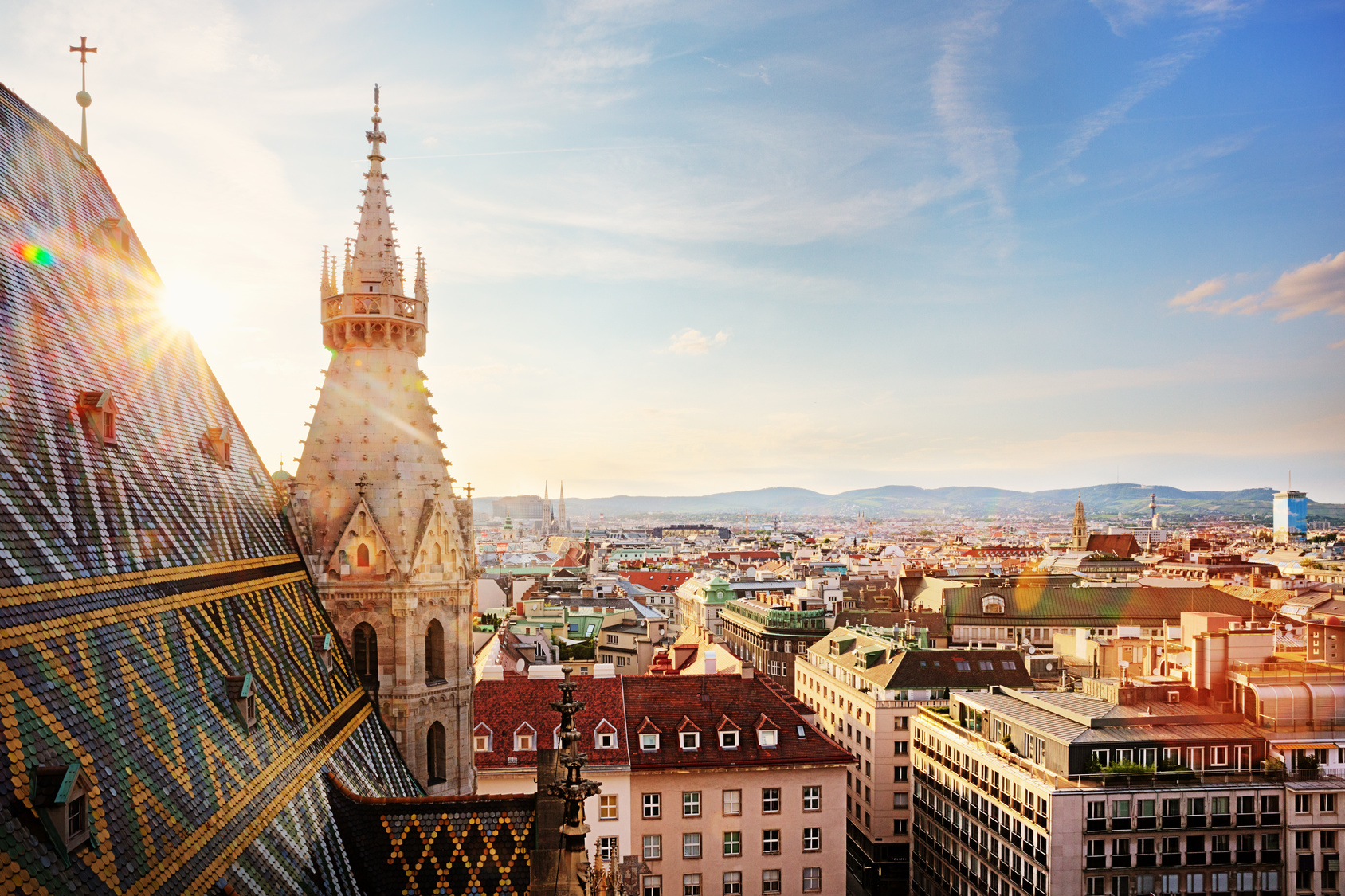
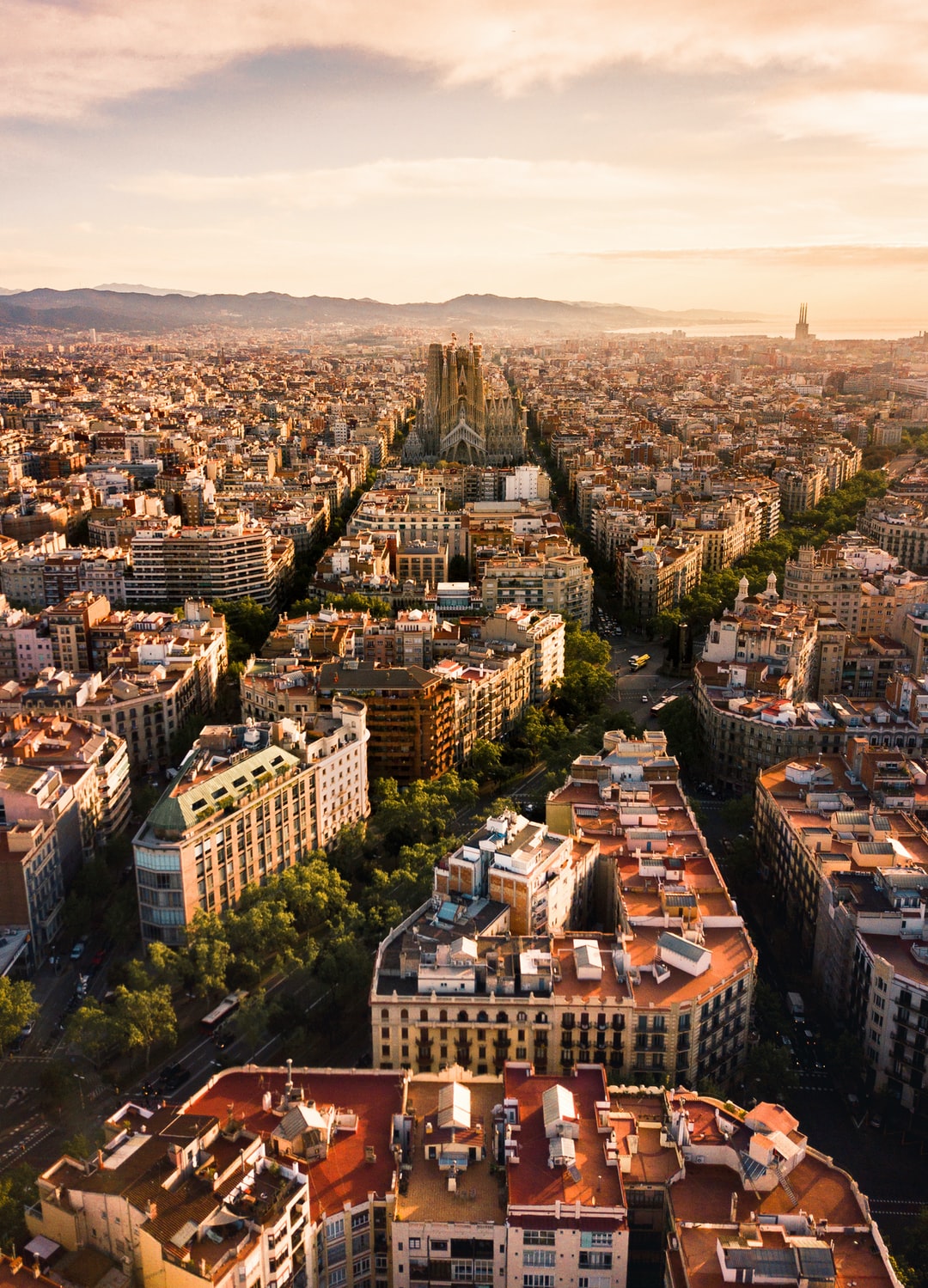

High rises further apart:
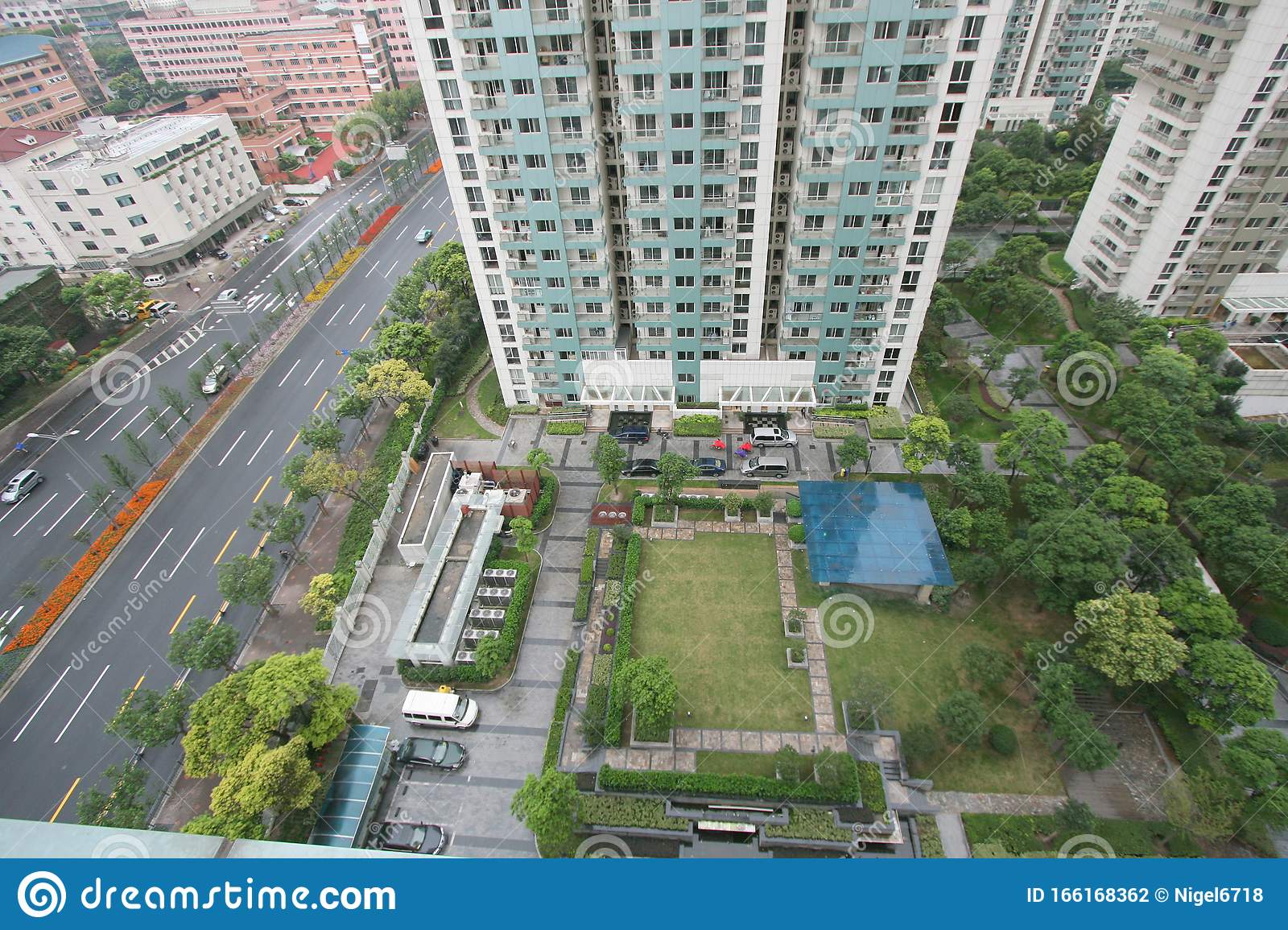
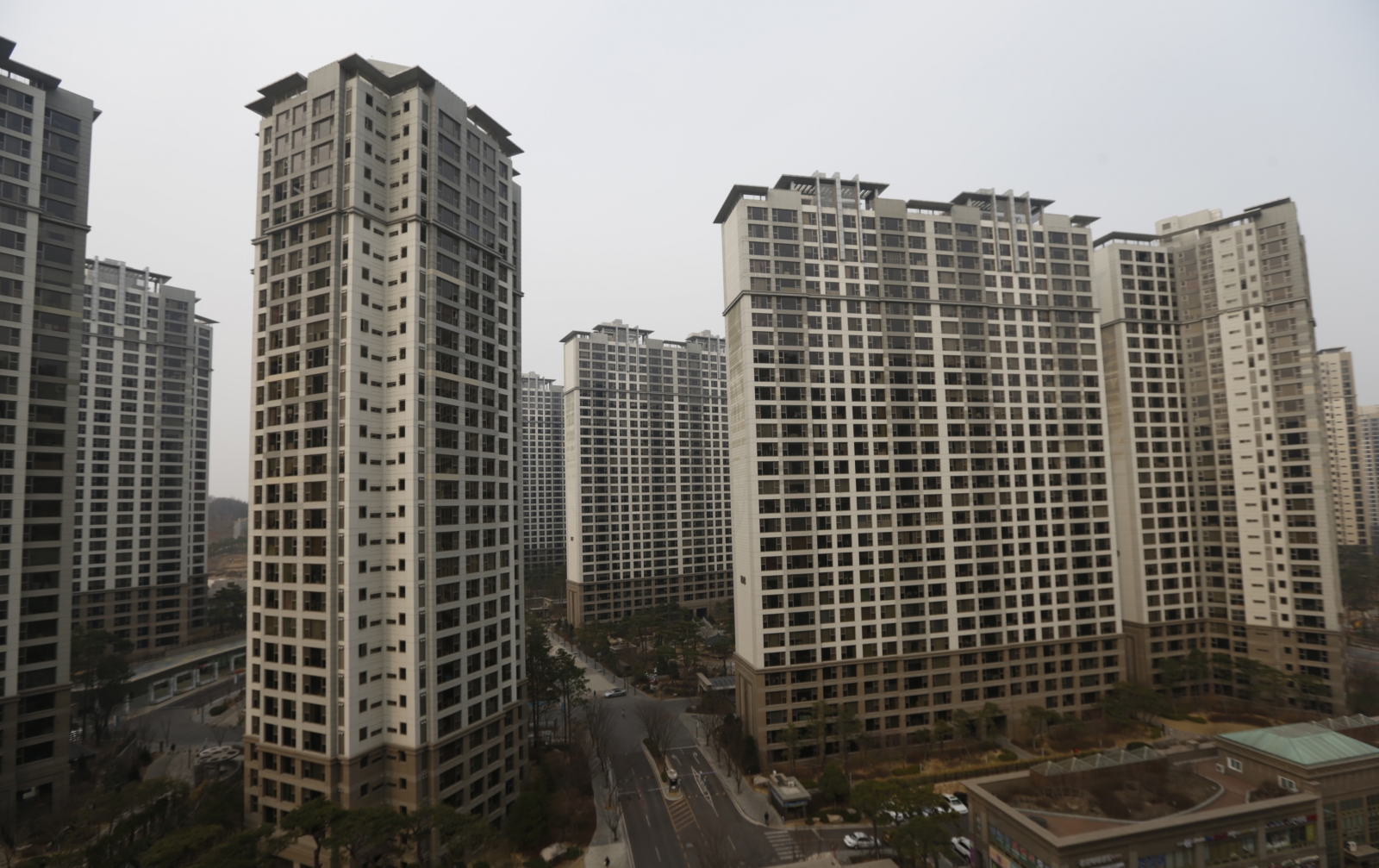
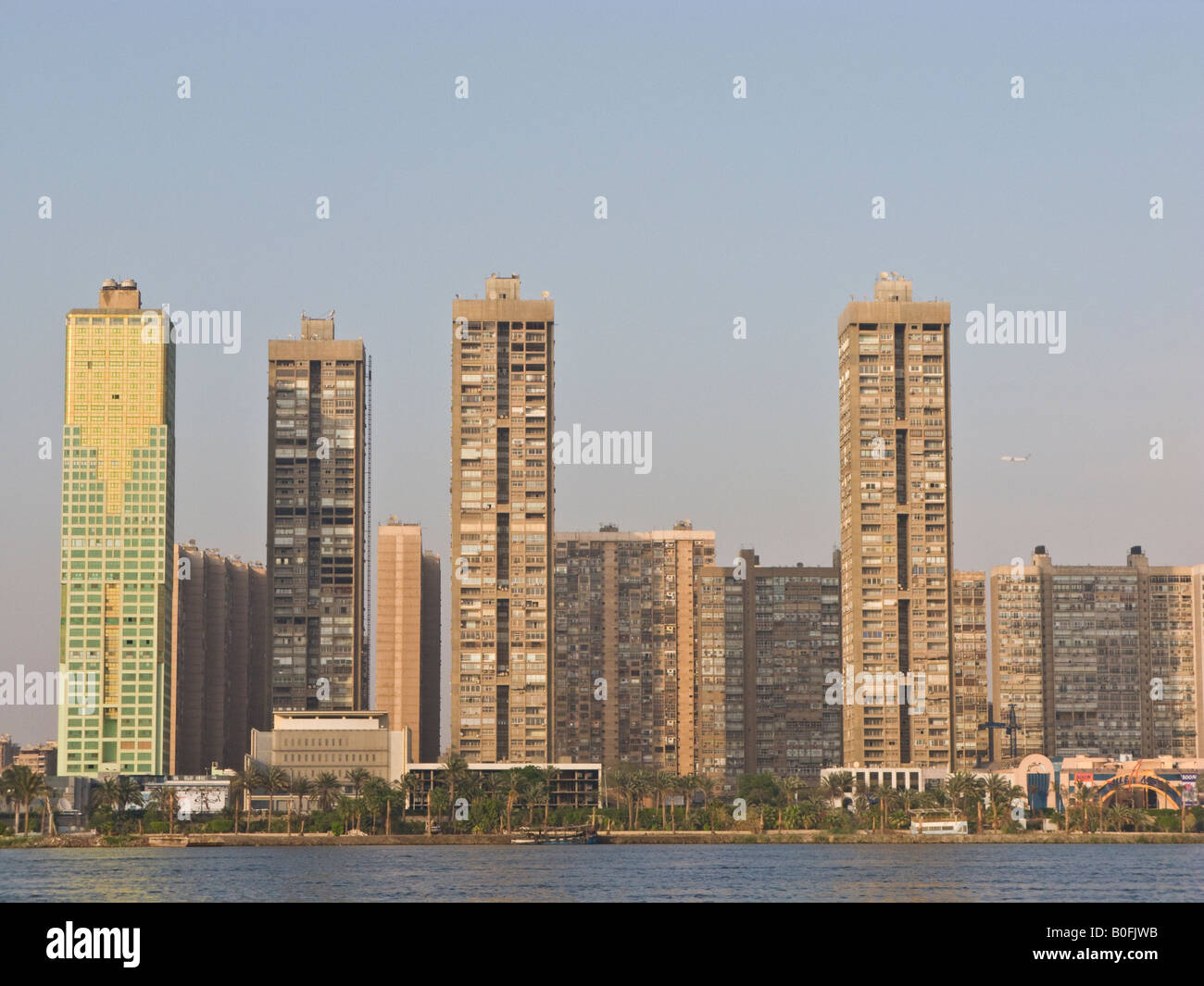
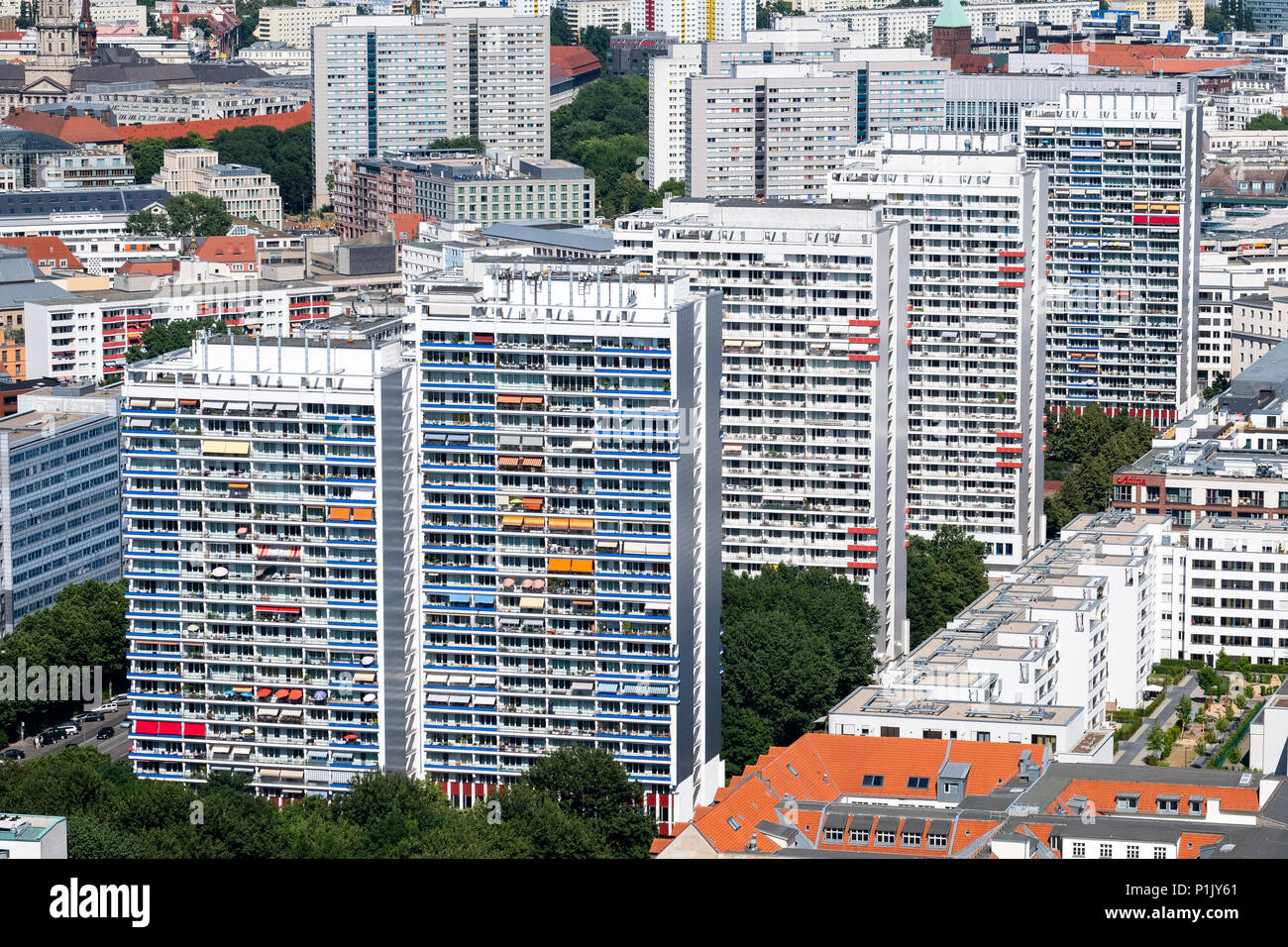
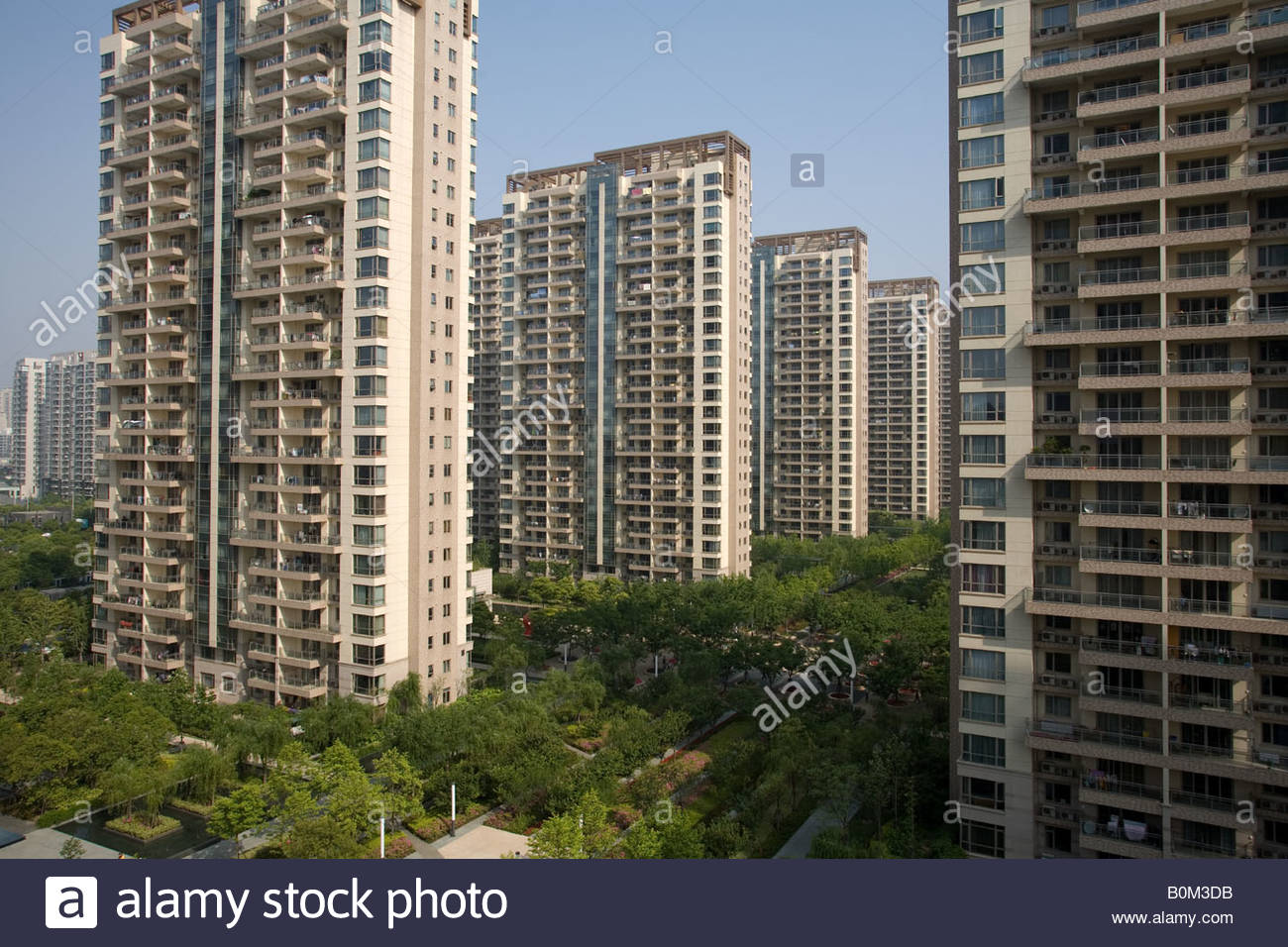
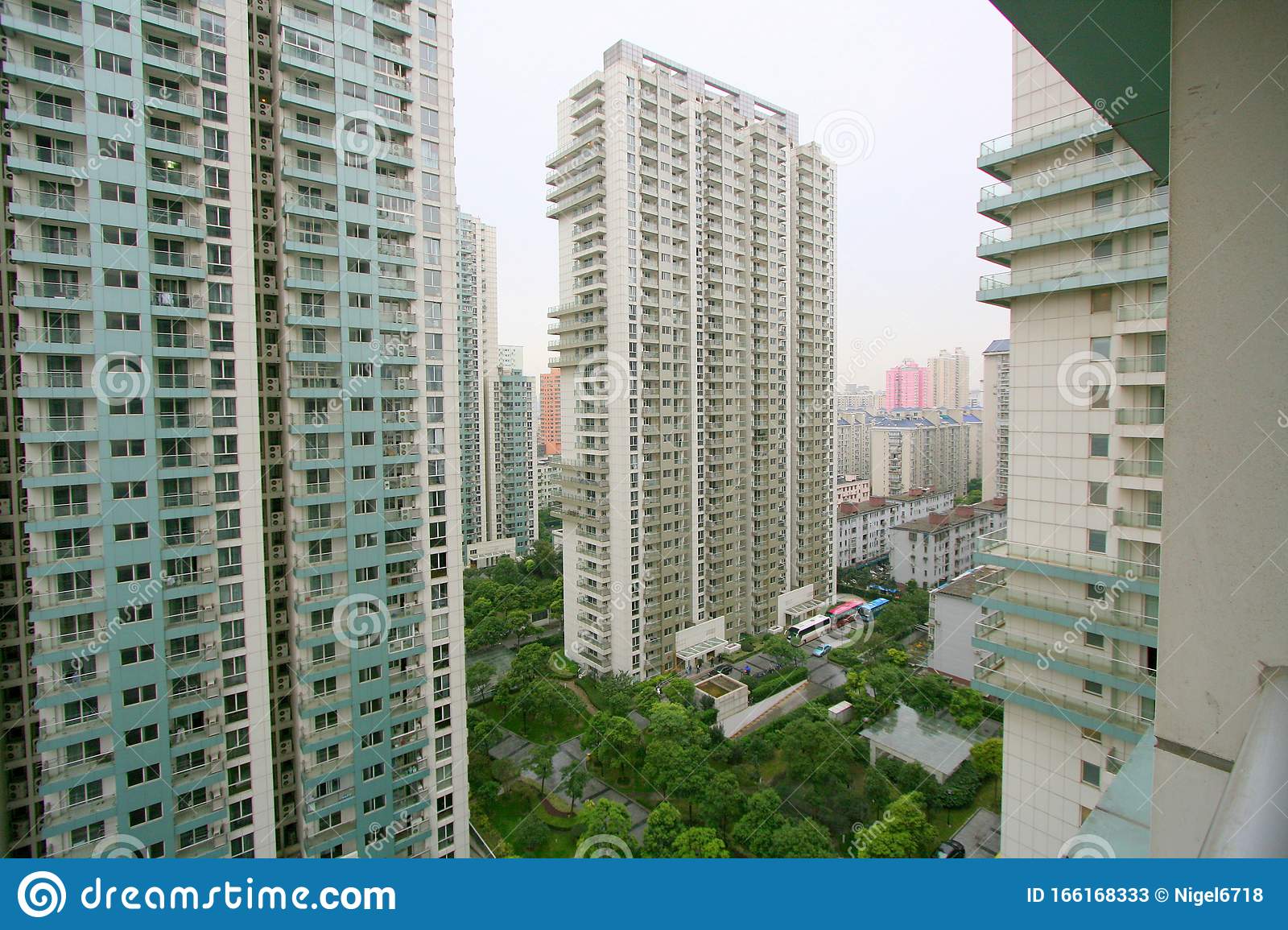
High rises close together:

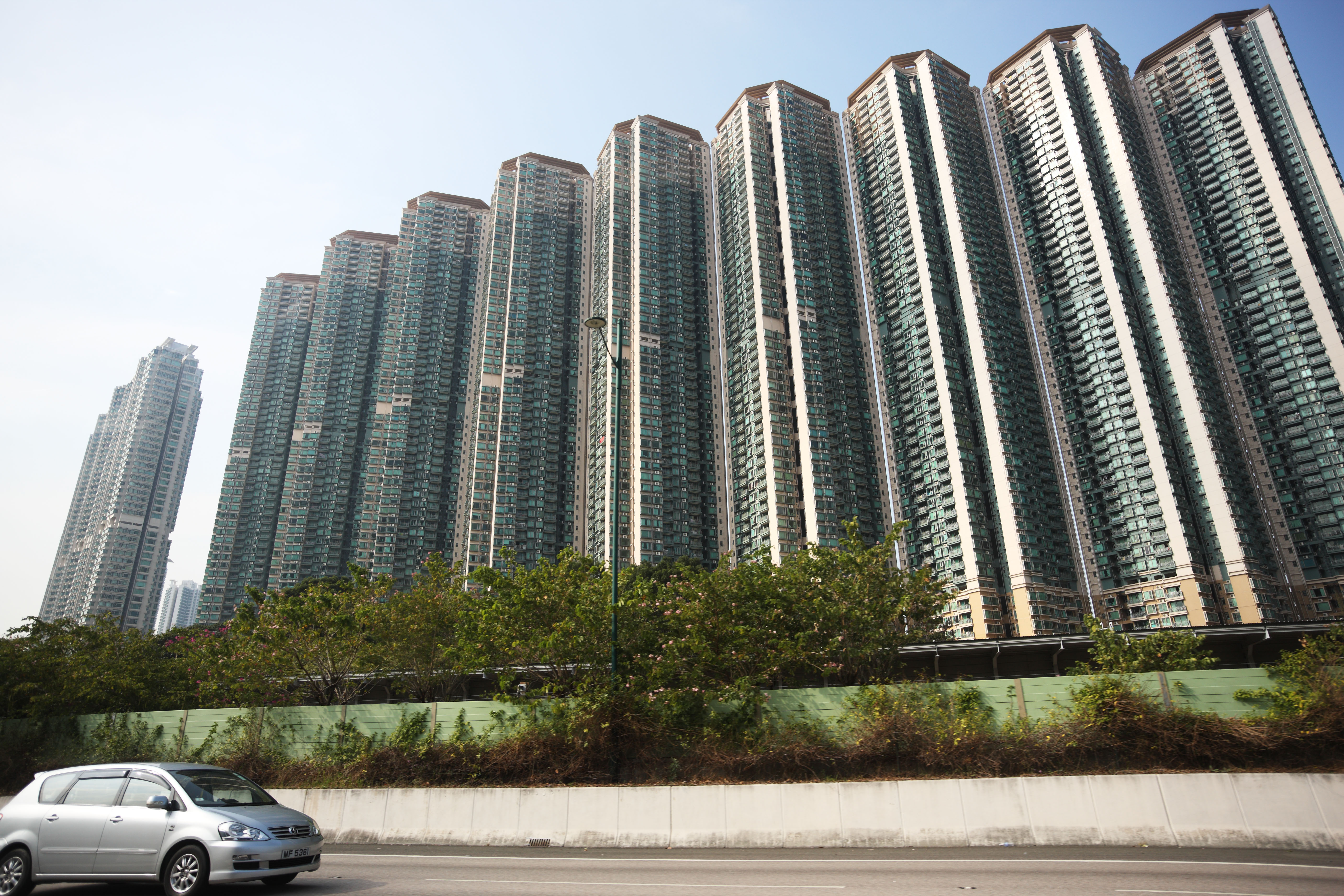

High and low interleaved:
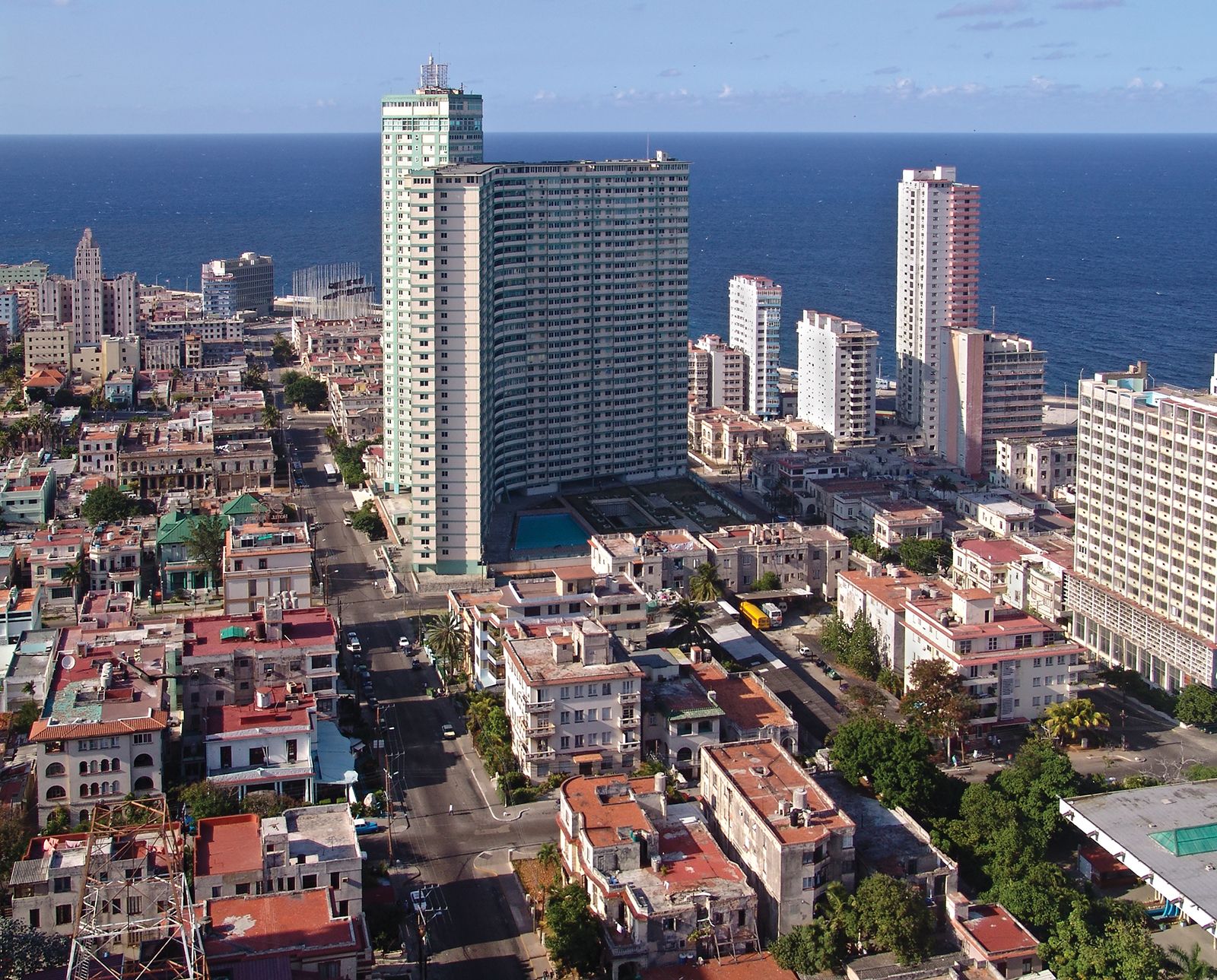
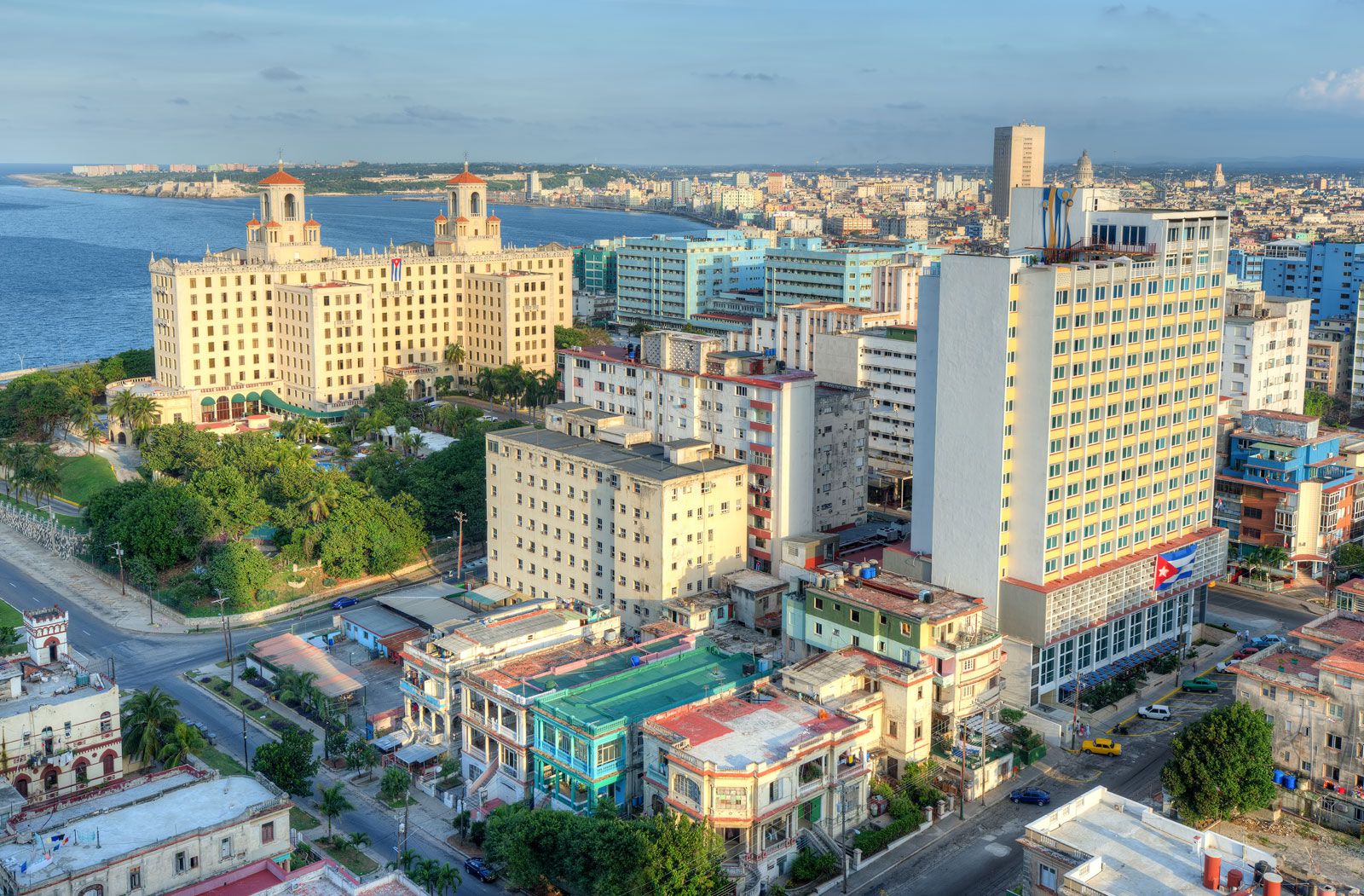
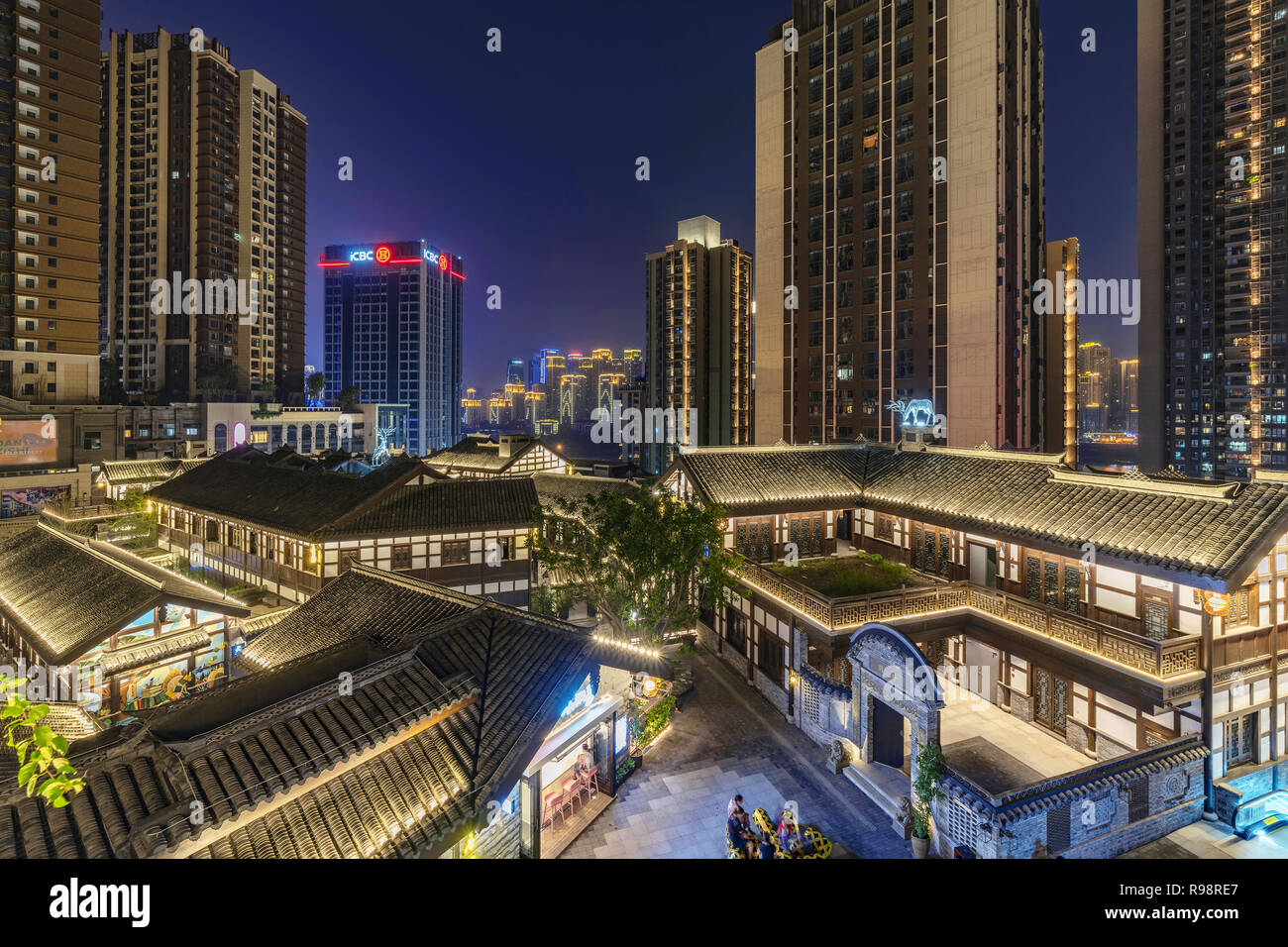
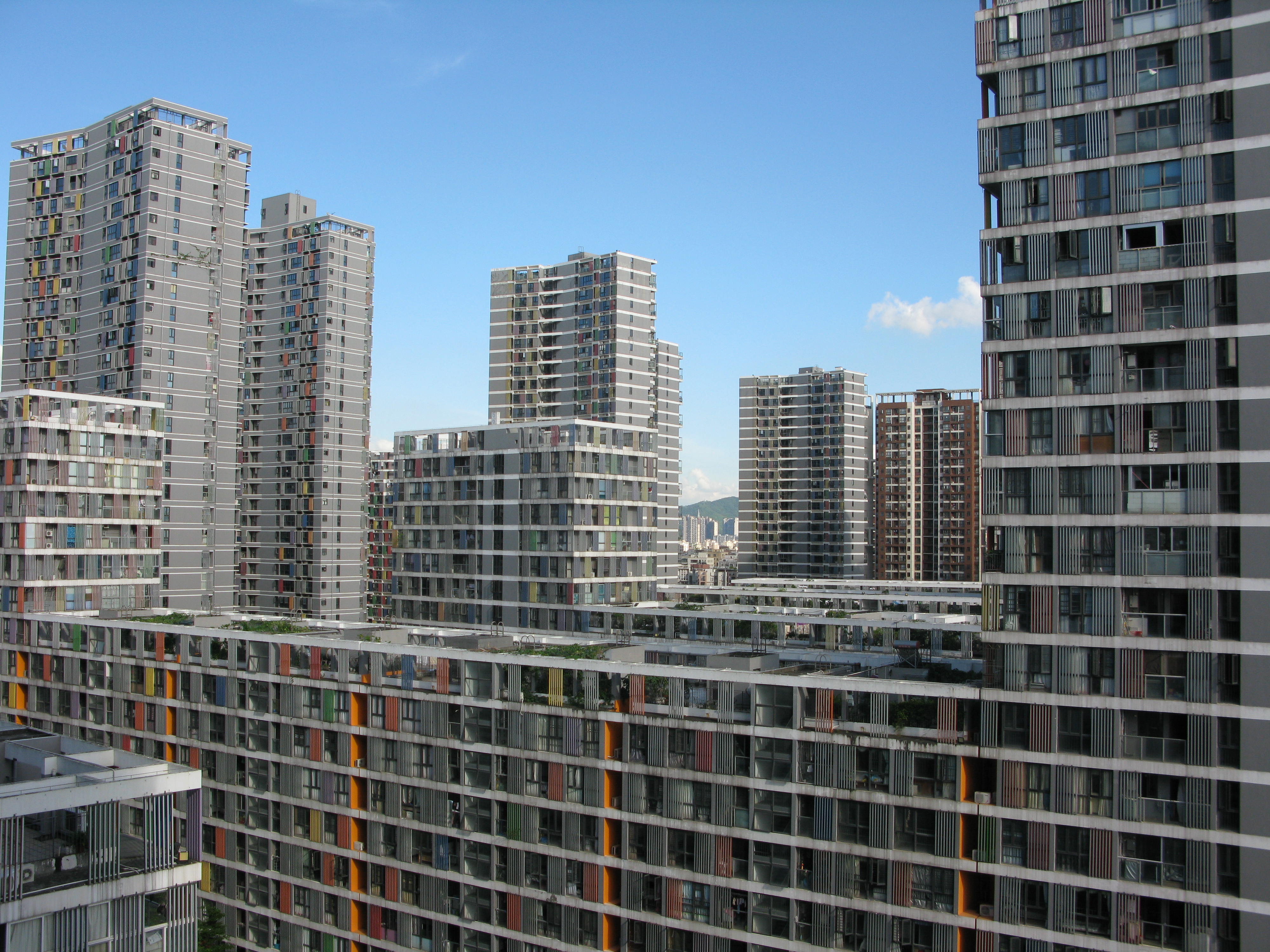

Eh, where it’s temperate, that can totally work. But for places where it gets really hot or really cold, or rains a lot, or snows a lot, you’d really want at least the option to use public transit or walk as short distances as possible. In somewhere like Toronto or Moscow or Harbin, where it gets really cold with snow and ice coming down in sheets for more than half the year, spending hours on basic errands like getting groceries are anywhere from annoying because you have to trudge through that stuff, to dangerous if you slip and fall. Same with Phoenix or Cairo, where it’s really hot and you want to stay away from the sun as much as possible.
Hmm, for the hot places I totally agree but with the cold, not so much.
If it’s cold, you can put on more layers or just rely on the effort you’re making to keep you warm. With decent infrastructure, it doesn’t have to be a problem to go out in the cold, even walking or biking.
I guess it can be a problem for people that don’t move as well, like old or disabled people. For those I would say they should just be allowed to drive. As long as not everyone is doing it, it shouldn’t be a problem.
The issue with cold is not the temperature per se, but snow and ice, which can be dangerous. As someone living in a city with increasingly worse snowstorms every winter, I can’t think of many “decent infrastructure” that can automatically prevent snow and ice buildup and allow you to walk or bike an hour nonstop to your destination. Covered walkways and awnings can work for high density areas, but not a continuous cover from a suburb into the city centre. In rich neighbourhoods they have heated sidewalks that can melt show and ice, but that’s ludicrously energy intensive. Salting roads is bad for the environment (the saying “salt the earth” exists for a reason), it’s a lot more acceptable in a high density area with short walking times, high usage, and possibly even pollution capture systems for water runoff, but again, not great for the environment if every suburban road is salted (that’s exactly what we’re doing, mind you). Finally, manual snow ploughing is unreliable and also doesn’t scale well with low density: if you’re in the suburbs where I live, you’re lucky to get a plough truck coming through every week, whereas the major corridors are ploughed every morning before dawn, and ploughing also doesn’t address the issue with ice, which is even more dangerous than snow.